You've recently been thinking of hiking in a highly mountainous region.
However, there's a problem. Mountainous regions are notoriously cold. The thought of freezing your buns off (and toes for days or weeks) is discomforting.
You're looking for ways to keep warm.
If that's you, you're in the right place.
In today's post, we discuss 21 tips to help you stay warm during your next backpacking trip. These include information on how to dress, set camp, and behave when hiking.
Let's get right into it.
Table of Contents
- Clothing
- #1. Wear Dry Clothes While Sleeping
- #2. Pack Quick Drying Clothes
- #3. Layering Is Key During Hiking.
- Staying Warm on The Trail
- #4. Take Care of Yourself on The Trail
- #5. Change into Warm Clothes Before It Gets Cold
- #6. Keep Your Stuff Warm
- Choosing a Campsite
- #7. Avoid High Elevation Campsites
- #8. Ravines and Valleys Can Be Cold
- #9. Seek Out Early Morning Sun Whenever Possible
- Staying Warm at The Camp
- #10. Change into Warm Dry Layers After Arriving at The Camp
- #11. Eat and Drink Something Warm
- #12. Alternate Cold and Warm Camp Chores
- #13. Do Some Exercises to Generate Body Heat
- #14. Use a Sleeping Bag Liner
- #15. Get a Good Sleeping Pad
- #16. Fill a Water Bottle with Hot Water
- #17. Pee Before Going to Bed
- #18. Keep Your Head and Feet Covered
- #19. Play the Naked Game
- #20. Cuddle-Up
- #21. Use Multi-Purpose Gear to Keep You Warm While Sitting
- You Don't Have to Freeze Your Buns Off While Backpacking
Clothing
Learning how to put the right clothes together is the first step to staying warm while backpacking.
#1. Wear Dry Clothes While Sleeping
Always have a warm and dry layer of clothing saved for the camp. Pack a spare base layer so you have something to wear before bed.
You don't want to sleep with damp clothes that you've stayed with the whole day.
#2. Pack Quick Drying Clothes
For your base layer, go for clothes that wick moisture away from you rather than staying damp. For such clothing, go for Merino wool or other synthetic fibers.
Avoid cotton as it gets wet and remains like that for long periods.
For your outer shell clothing, go for a water-resistant clothing brand. An example of this is Northbound gear. Whether it's jackets, pants, gloves, or socks, Northbound gear apparel is specifically designed to ensure you're always warm during your backpacking trip.
#3. Layering Is Key During Hiking.
When hiking, you're bound to come across a wide range of weather conditions. The intensity of the hike also varies based on terrain.
Whether it's the weather or a change in activity intensity, you're bound to experience a change in body temperature.
This is why you need an effective way to regulate body temperature.
Hence layering.
A basic layering system entails:
- A Base layer: This is clothing that's right against your skin, with its primary purpose being wicking heat away from your body.
- Insulating layer: This mid-layer helps conserve body heat
- Outer Layer: Often made up of jackets, this layer protects you from wind and rain.
With layering, you can take off the outer layer when it's sunny and put it back on when it gets chilly. To learn more about layering check out our article on what to wear for cold weather camping.
Staying Warm on The Trail
#4. Take Care of Yourself on The Trail
How you treat yourself during the day will determine your bedtime experience.
Avoid getting sunburned, stay hydrated and fuel your body. When you neglect personal care for a few extra miles, it will catch up with you during the night leading to lousy sleep.
#5. Change into Warm Clothes Before It Gets Cold
One of the biggest mistakes I see many backpackers make, is waiting until it gets chilly to change into warmer clothes.
Don't make this mistake.
Once it starts getting chilly, it becomes difficult to warm up again. The best time to change into warmer clothing is when you're either transitioning from uphill to downhill or when you stop for a snack break.
#6. Keep Your Stuff Warm
Staying warm while backpacking boils down to the small details that are easy to ignore.
You don't want to wake up in the morning and force your feet on damp socks and ice-cold boots.
To prevent this, dry your socks on a sleeping bag overnight. You can avoid wet socks all together by investing in the Northbound Gear Water proof socks. Designed with three-layer construction, these socks provide extreme waterproofing while still remaining breathable for your comfort.
If your boots are soaking wet, put them in a plastic bag and stuff them at the bottom of your sleeping bag.
Always use a waterproof cover to keep your sleeping bag dry when hiking in the rain.
Choosing a Campsite
Where you camp also plays a significant role in influencing how warm or cold you'll get during the night. A lousy site would steal from you hours of good sleep. Here are some things to keep in mind.
#7. Avoid High Elevation Campsites
High elevation campsites, including high mountain elevations of roughly 10000 +feet, tend to be extra chilly.
When choosing a campsite, go for one located at a lower elevation. Between camping near a pass or a high summit and descending to a lower point, go for the lower camp as it's warmer.
#8. Ravines and Valleys Can Be Cold
As much as lower camp areas can be warmer, ravines and valleys are cold.
It's basic physics. Hot air rises while cold air sinks.
Due to this phenomenon, campsites located in canyons and valleys tend to be colder. If possible, look for camps partway up a section of elevation. Not at the lowest point or the highest point.
#9. Seek Out Early Morning Sun Whenever Possible
Nothing feels as soothing as the warm rays of the sun hitting your face on a frigid morning.
If you're looking for a way to warm yourself early in the morning, choose campsites located on high saddles or east-facing slopes.
These sites receive sunlight earlier than campsites located in low valleys ringed by mountains or camps on western facing slopes.

Staying Warm at The Camp
Now that you've chosen a campsite with a high possibility of keeping you warm, it's time to learn how you stay warm while at camp.
#10. Change into Warm Dry Layers After Arriving at The Camp
Before you even pitch your tent, remove clothes that are damp with sweat or rain and replace them with warmer, dry camp layers.
Doing so allows you to keep warm, despite the drop in activity levels.
#11. Eat and Drink Something Warm
A full stomach provides lots of fuel to furnace metabolism and keeps you warm throughout the night. Drink Hot liquids as they are a fantastic morale booster, and increase the body temperature.
If possible, avoid alcohol as it speeds heat loss. Also avoid caffeinated drinks as they dehydrate you and are also bad for circulation.
#12. Alternate Cold and Warm Camp Chores
When setting up a camp or breaking it down, try to sequence the activities so that you can get a chance to warm up between any extra chilly chores.
For instance, activities like filtering water can make you cold, especially your hands. pitching the tent can keep you warm up.
Cooking goes both ways; while sitting in one place cools you down, the stove warms you up.
#13. Do Some Exercises to Generate Body Heat
When you wake up, take twenty minutes to perform bodyweight exercises to help keep you warm. These include push-ups, sit-ups, or glute bridges.
Besides keeping you warm, these exercises also strengthen your muscles and help prevent knee pain during hiking.
Other exercises to try include:
- jumping jacks,
- air squats, or
-
walking lunges

#14. Use a Sleeping Bag Liner
Unless you want to spend the night shivering uncontrollable and desperately waiting for the sun to come up, it's best to use a sleeping bag liner.
Sleeping bag liners add extra degrees of heat to your bag, making sure you're warm while you sleep.
Of course, a sleeping bag liner isn't practical if you have a faulty bag. Make sure you choose a high-quality sleeping bag
#15. Get a Good Sleeping Pad
Besides a sleeping bag, you also need a high-quality sleeping pad to help keep you warm.
The sleeping pad is what separates your body from the cold hard ground. If you skimp out on a high-quality pad, you're more likely to wake up at night shivering. That's if you even manage to catch any sleep.
Get a sleeping pad with a temperature rating appropriate for the temperatures you will be camping in.
Another tip is to bring two sleeping pads if possible. The best combination is a closed foam pad on the bottom, with an inflatable one on top.
#16. Fill a Water Bottle with Hot Water
The crotch bottle is a classic warming trick.
Before going to bed, boil some water and fill it in a bottle with the water. Place the bottle inside your sleeping bag to warm it up before you get in. You can also tuck the bottle against your belly or shove it inside the front of your long johns.
With this method, you generate heat in your bag that will you last all night.
#17. Pee Before Going to Bed
You don't want to wake up in the middle of the night to answer nature's call.
Rather than letting all the warmth out of your sleeping bag and freezing as you walk to the toilets, pee before going to bed.
Even if you don't feel like it, make sure you pee before bed.
#18. Keep Your Head and Feet Covered
Heat usually escapes your body through your head or at the bottom of your feet.
To prevent this, wear a dry thick pair of hiking socks and a warm hat to bed for insulation purposes. Don't wear the same socks you hiked in, as they would ruin your night.
#19. Play the Naked Game
I know what you are thinking, and it's not that.
This is however, an excellent way of staying warm while camping. To play the game, hop in your sleeping bag and zip it up. From inside the bag, strip naked, then try putting back all your clothes.
All the squirming around the bag will generate heat and a good laugh.
For added fun, you can race your friends.
#20. Cuddle-Up
If either you or your friend wasn't adequately prepared for the cold, you could choose to share the warmth.
You can do this by zipping two sleeping bags together and sharing body heat with your friend.
And if you're hiking with your crush, this gives you the perfect opportunity to get closer.
#21. Use Multi-Purpose Gear to Keep You Warm While Sitting
Multi-purpose gear is excellent for lightweight packing and also keeping you warm. If you use a foam sleeping bag, you can sit on it while eating to insulate yourself from the cold ground. Ensure it has no punctures.
You can also wrap a sleeping bag around your body while eating.
You Don't Have to Freeze Your Buns Off While Backpacking
There you go.
Twenty-one tips to help you stay warm during your next backpacking trip.
In case you have any additional tips, please share them in the comment section below. If you have any questions on any of the tips discussed, please ask them in the comment section below.
Don't let the cold deny you the beauty of happy trails, magnificent views, and relaxing nights in the backcountry.
And if you’re looking for high-quality well-designed hiking gear to help keep you warm on your next camping trip, check out our online store here.
Onwards and Forward with NorthBound
Read more

Explore Northbound Gear high-performance clothing designed for adventurers who value quality and style. Perfect for outdoor enthusiasts and retailers seeking eco-friendly, durable, and stylish opti...

Northbound Gear proudly debuted at the Vancouver Adventure Outdoor Show 2025, showcasing our high-performance outdoor apparel to thousands of hikers, campers, and adventure enthusiasts. This first ...
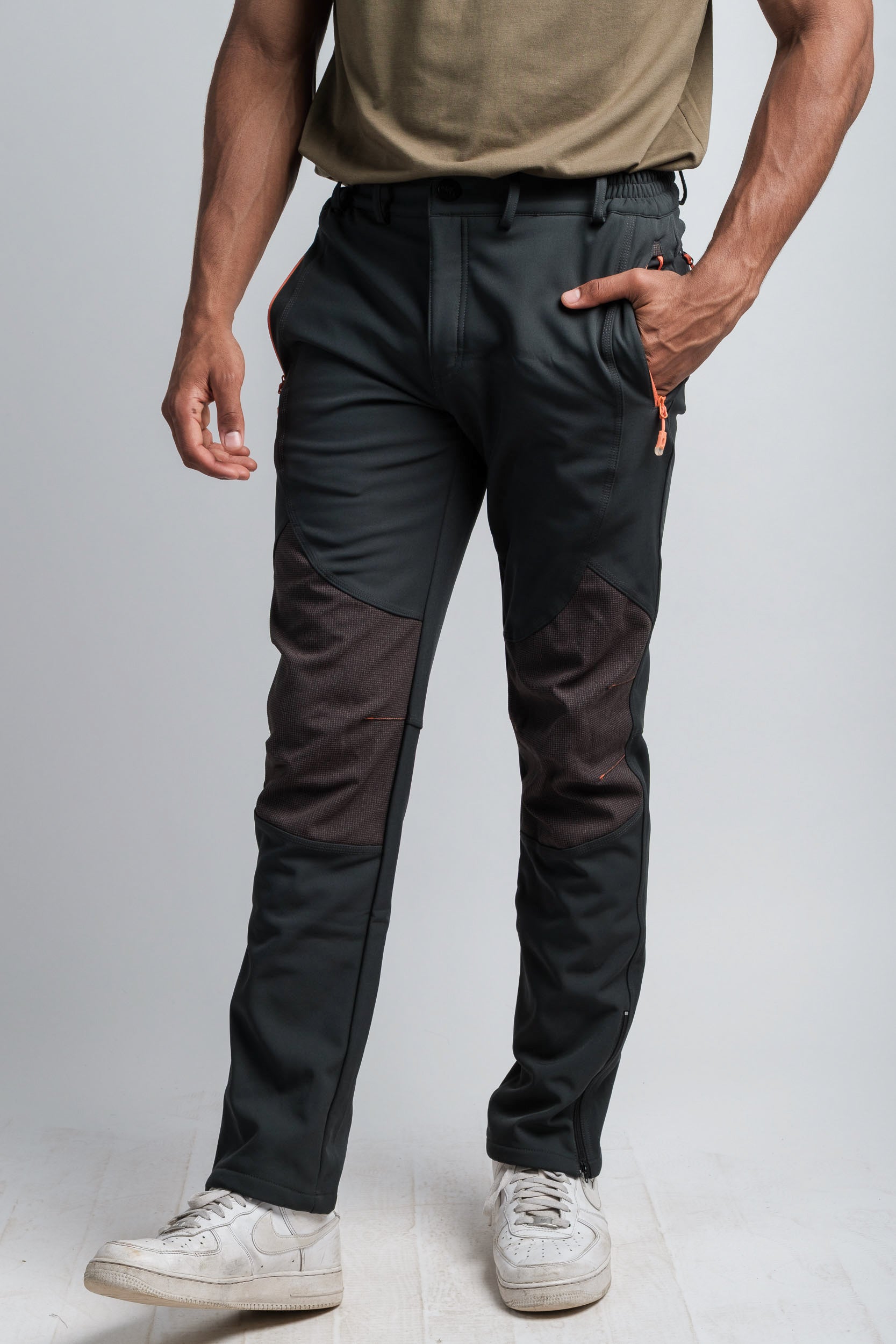
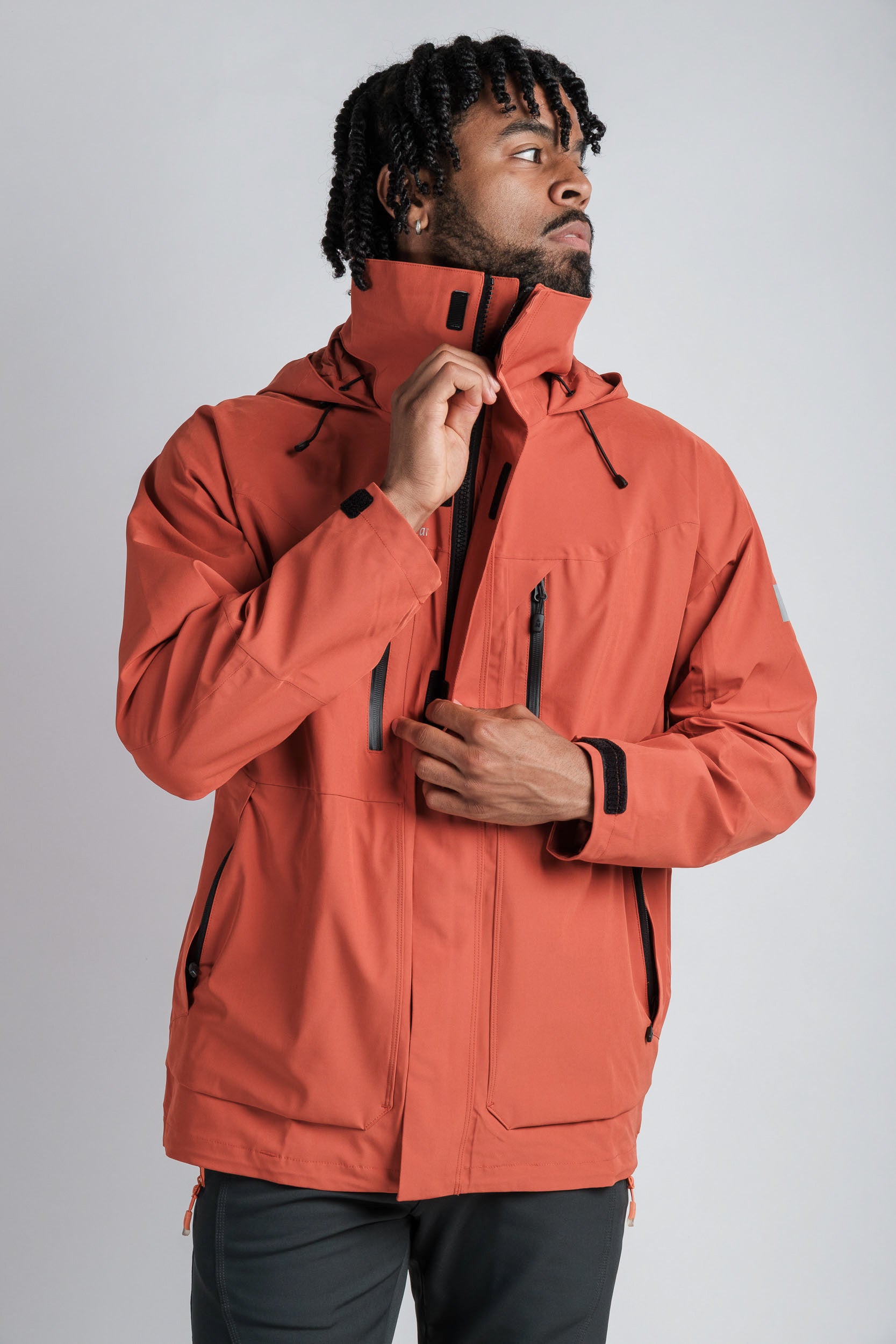
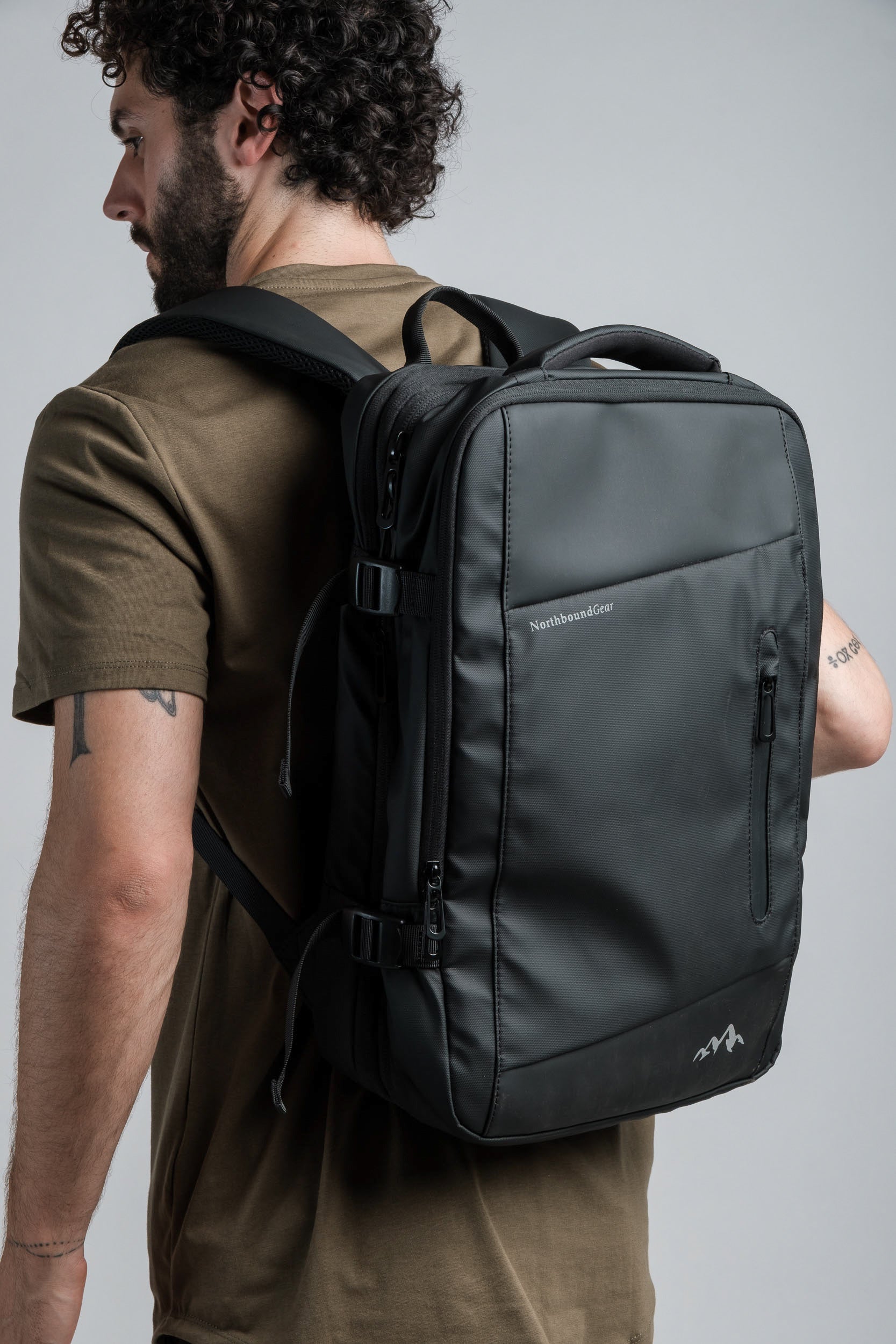
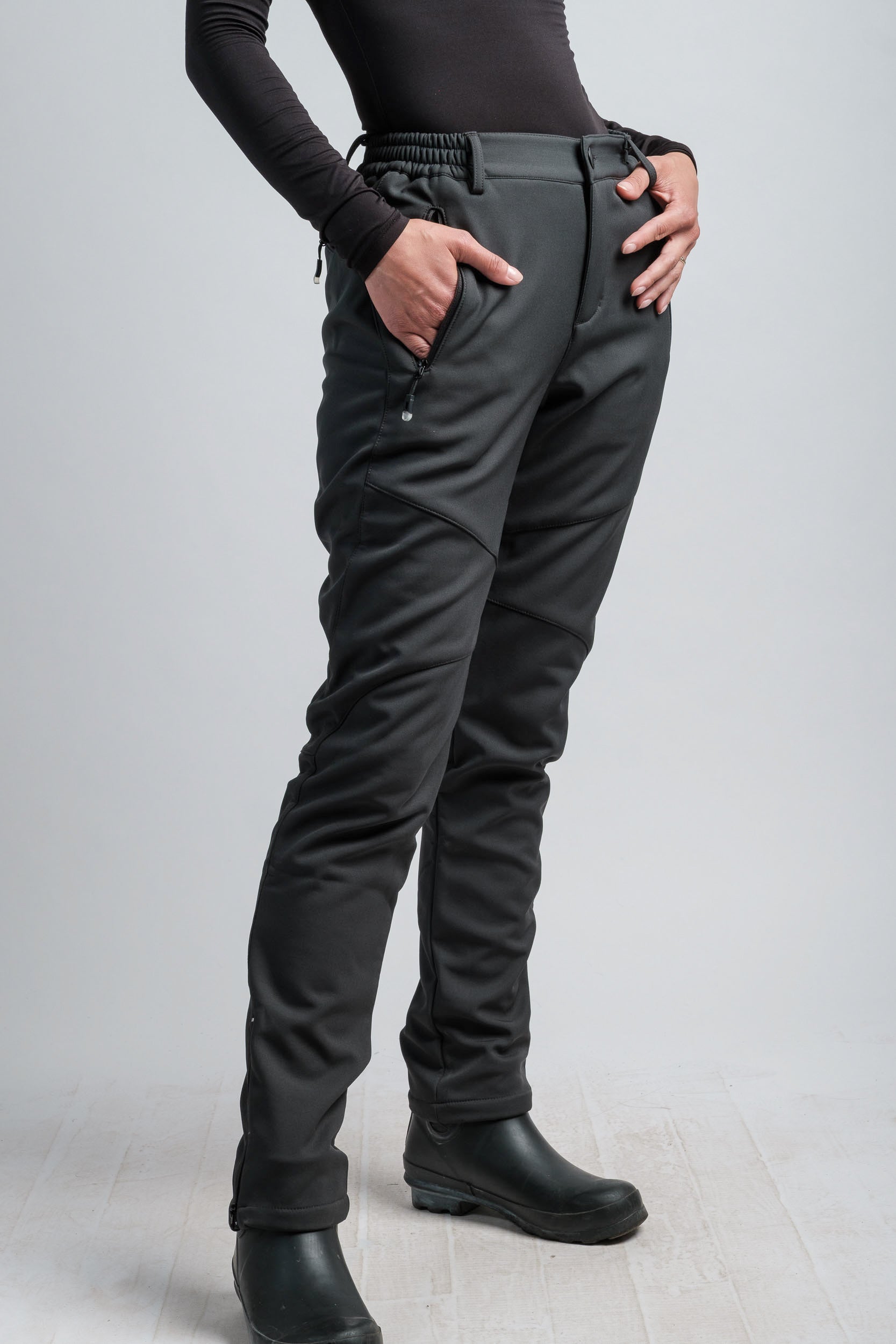
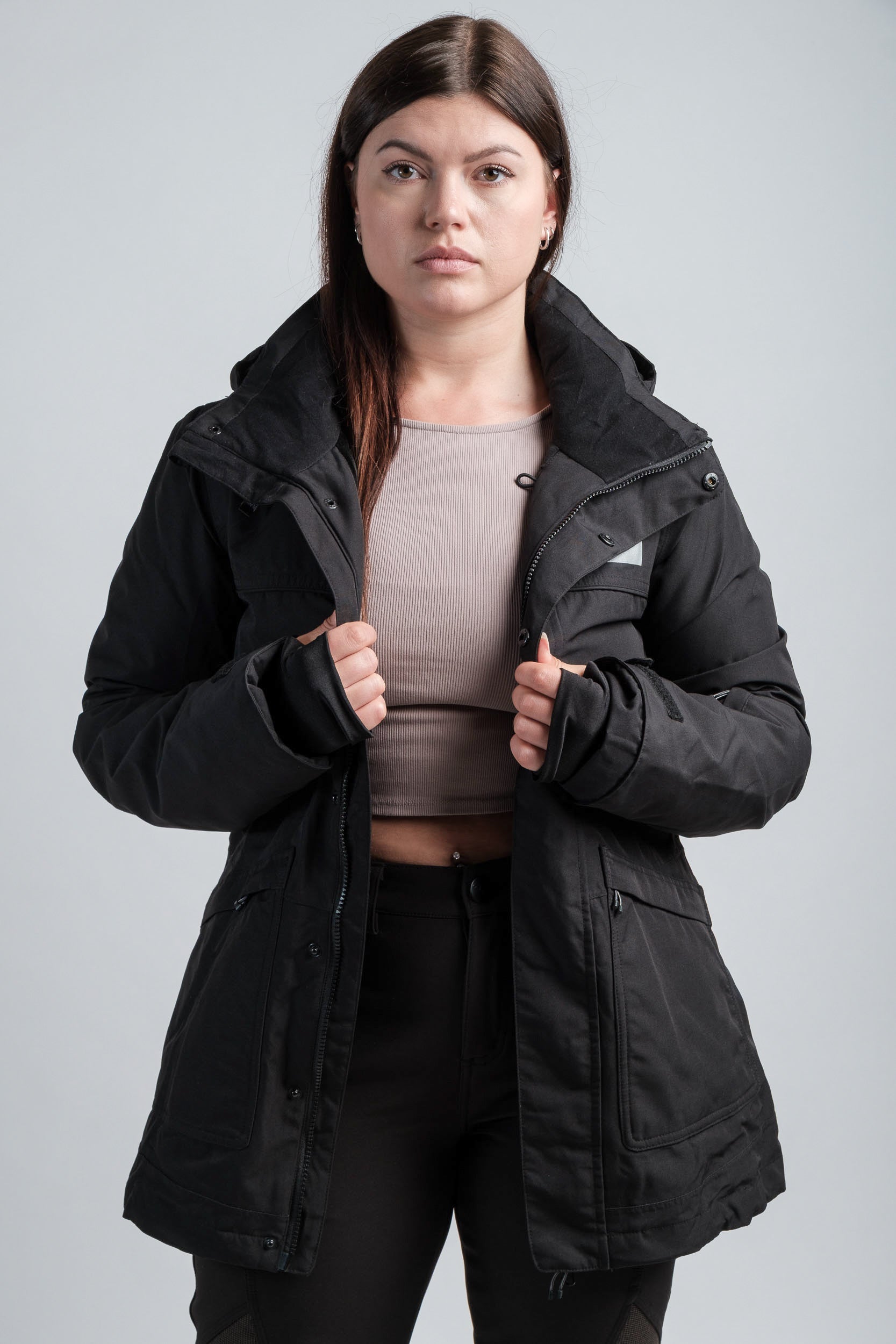
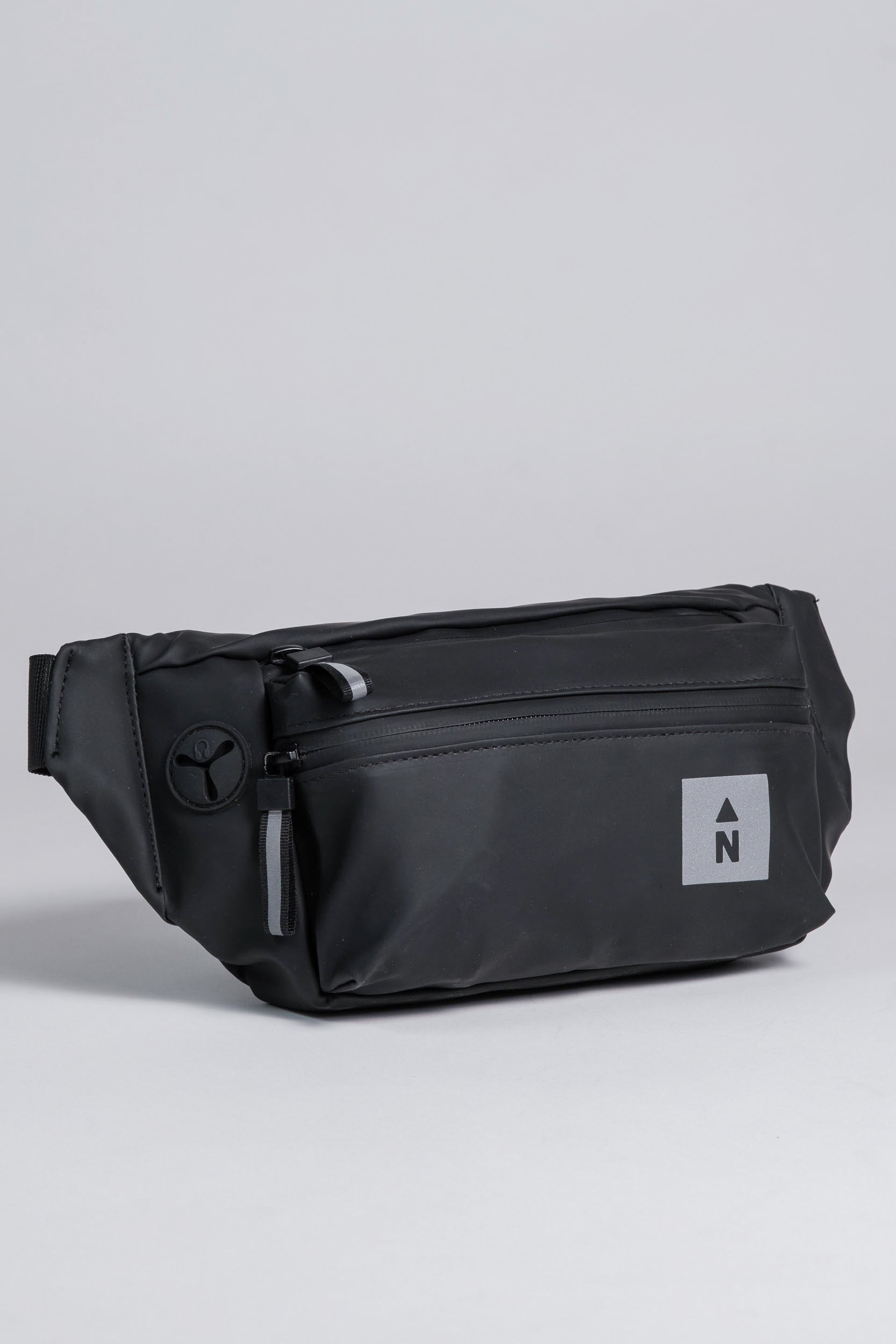
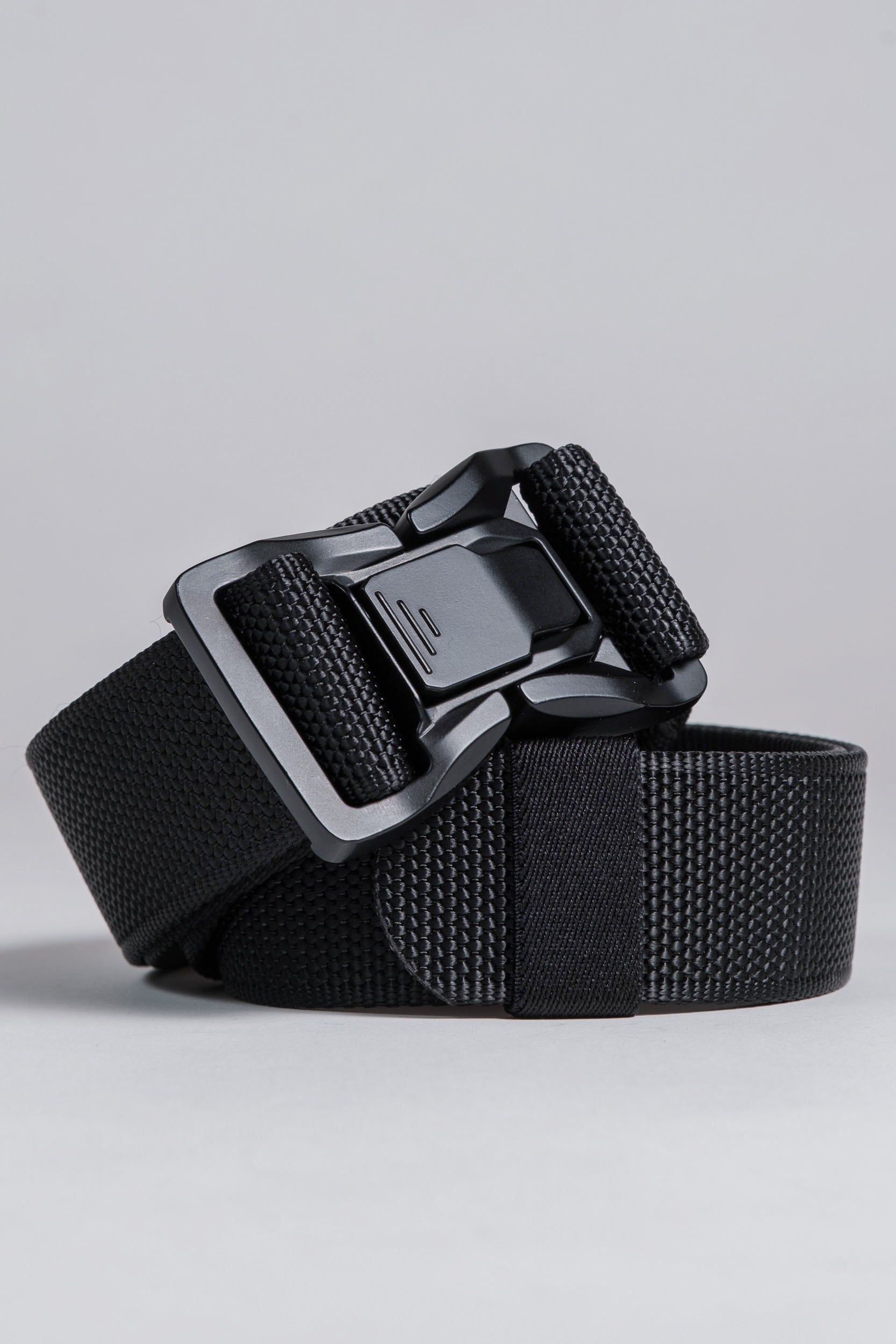
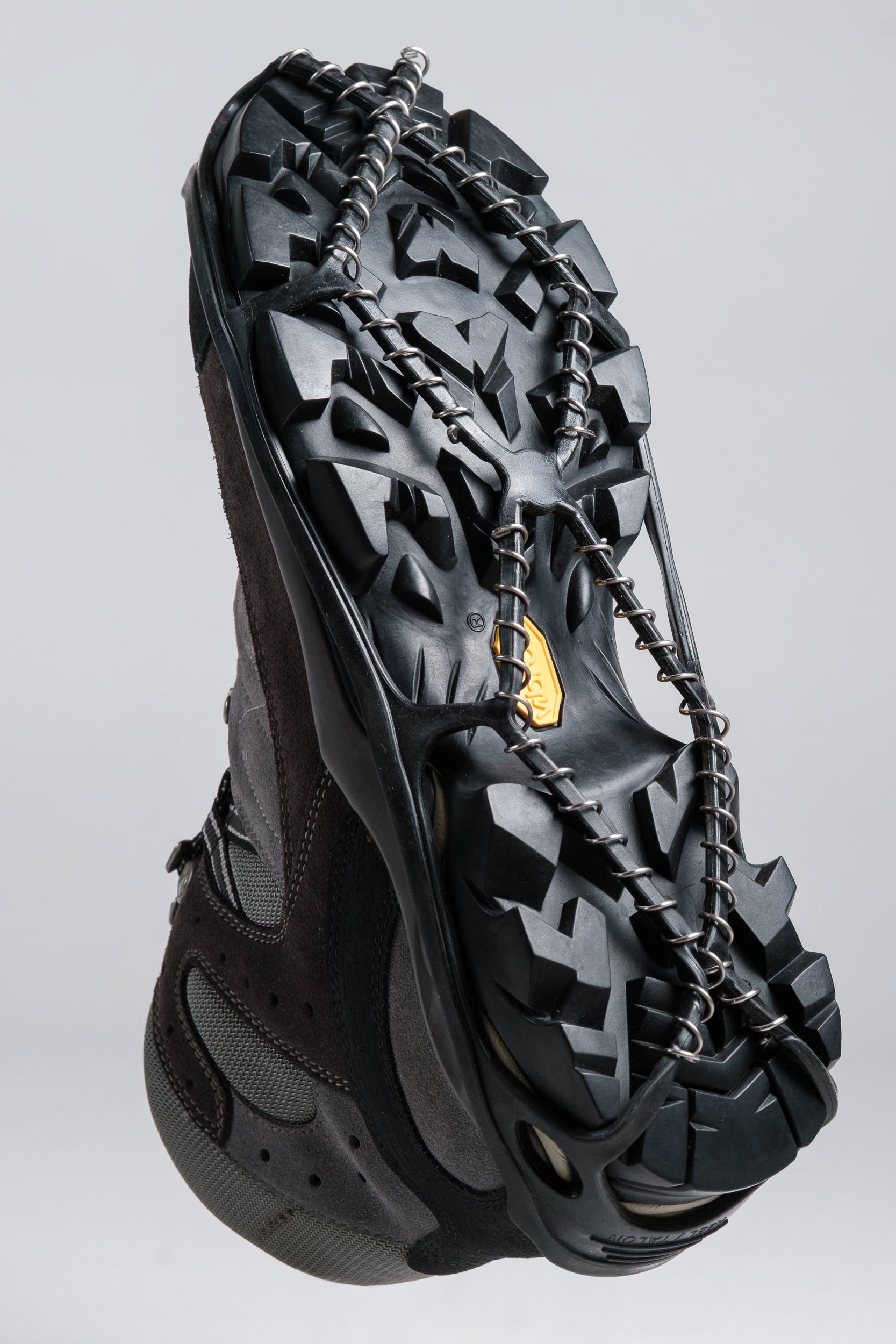

Leave a comment
All comments are moderated before being published.
This site is protected by hCaptcha and the hCaptcha Privacy Policy and Terms of Service apply.